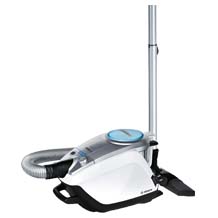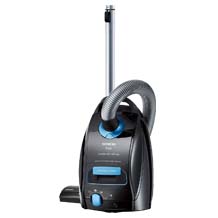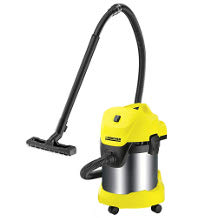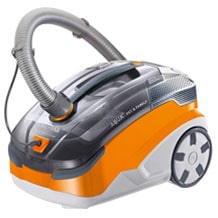Dust mite vacuum purchasing advice: how to choose the right product
- The most important facts in brief
- Mite vacuums are special hoovers that remove mites from mattresses, sofas and upholstery.
- They are equipped with a filter so that particles that are sucked up are not released into the exhaust air.
- To remove the mites and their excretions, the devices use UV light and vibration.
Mites – uninvited visitors in bed
The idea is unpleasant, but tiny creatures are everywhere in our homes without us ever seeing them. They crawl undetected over our upholstered furniture, pillows and mattresses. House dust mites, for example, feel most at home in our beds, of all places, because they find optimal living conditions and food there. It is pleasantly warm in bed and people ensure high humidity through breathing air and sweat. Our skin scales are also the mites’ favourite food.
This is quite natural and most of the tiny inhabitants are harmless. In the case of house dust mites, their droppings cause problems for people. The animal itself does not cause allergies. Instead, it is its droppings that cause these reactions in some people. The protein components in the droppings of the tiny arachnids cause allergies in some people. After pollen, mite faeces are the second most common cause of allergies. When dried, it breaks down into dust and swirls through the air. When inhaled, it can cause typical allergic reactions such as sneezing, red eyes and a blocked nose.
A mite allergy reduces the quality of life. Many sufferers complain of poor sleep due to the symptoms. This has a negative impact on all aspects of life: The allergy affects everyday life at work or school, social life, state of mind and, last but not least, the health of those affected. The more pronounced it is, the more massive the problems are. Those who suffer from a house dust mite allergy therefore want to get rid of the culprits as quickly as possible. Even those who do not show allergic reactions may feel uncomfortable with the idea of sharing bed and sofa with the arachnids. With a mite vacuum cleaner, carpets, mattresses and upholstery can be freed from the pests and their remains.
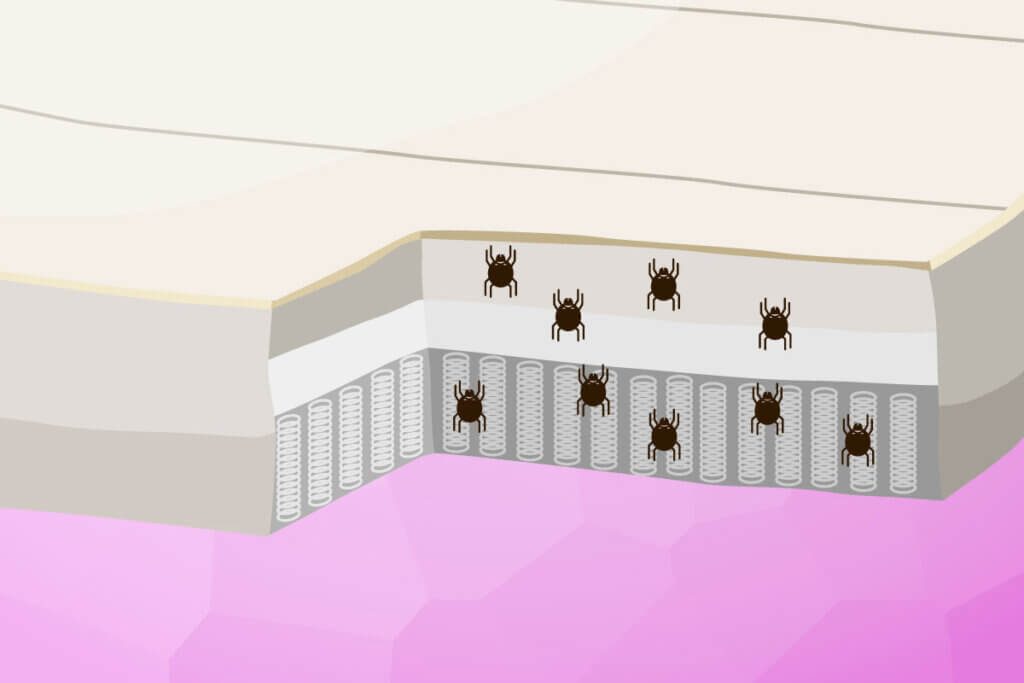
Mite vacuum cleaner – with high-tech against mites
It is not possible to completely eliminate all mites from living spaces. However, good results can be achieved with a mite vacuum cleaner. Such special vacuum cleaners remove a large part of the small animals from beds and upholstery. Unlike conventional hoovers, a mite hoover returns only a minimal amount of particles to the environment during vacuuming. The reason for this is the micro and dust filter, which catches the smallest particles instead of whirling them up.
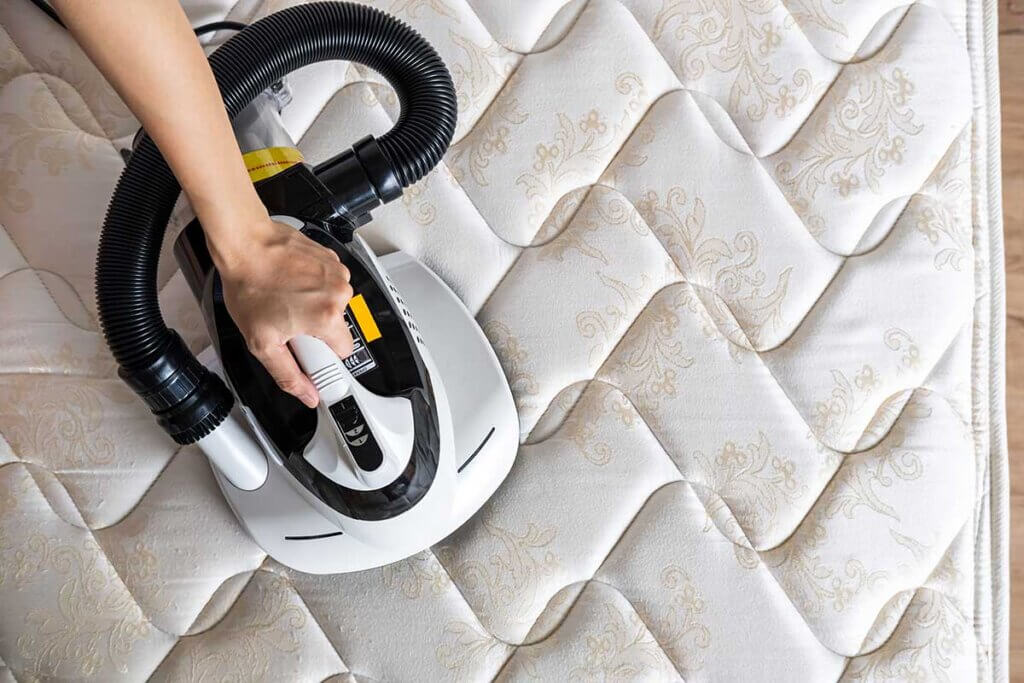
Mite hoovers are special devices and not a substitute for a conventional hoover. In order to rid beds and upholstery of mites in the best possible way, they not only have a particularly powerful suction power. Most models are equipped with both a UV light and a vibration function. When used correctly, a mite vacuum cleaner cleans a piece of fabric of 65 percent of the mites or their excretions. When buying a mite vacuum cleaner, pay attention to the following points.
Lasting cleaning with UV light
Simply picking up the mites will not solve the problem. To relieve the symptoms of allergy, it is necessary for the creepy-crawlies to die. For this purpose, many mite vacuums are equipped with a UV light. The UV radiation kills the animals or makes them incapable of procreation so that no new generation of mites can grow in the bed. UV light is an electromagnetic radiation that is invisible to the human eye. It has a germicidal effect and is also used in other areas for pest control. It sterilises surfaces without the use of chemicals. The dead mites and their droppings are finally sucked up with the mite vacuum cleaner.
Caution with UV radiation
UV radiation is not good for humans either. Therefore, make sure that only the textile piece infested with mites is irradiated. Never look into the UV light as it damages the cell structure of the eyes. Many devices have a safety function so that the UV light is only switched on when the dust mite vacuum is pressed onto a mattress, for example. When it is lifted, the light switches off automatically.
Vibration – shaking away mites
Most dust mite vacuums are not only equipped with a sterilising UV light, but also have a vibration function. In combination with the light, mites and their excrements are removed most effectively. Hoovers with a vibration function are also called knocking hoovers. The principle is simple: a mechanism in the dust mite vacuum knocks on the mattress or upholstery during cleaning, thus releasing mites and their excrement from the fabric and sucking them up.
Corded or with rechargeable battery?
This is a trade-off between suction power and flexibility. A dust mite vacuum that is powered by a wall socket has more power than a device with a rechargeable battery. In practice, however, it is easier to work with a rechargeable device because of its larger operating radius and greater flexibility. The devices are less suitable for families with allergies because the battery life is not sufficient for cleaning several beds in succession and the suction power is lower. Finally, the decision is also a question of budget, because battery dust mite vacuums are more expensive than corded units.
Filter system and dust emission class
To prevent the mites and their excrement from escaping through the exhaust air, mite hoovers have a special filter system that catches them. Conventional hoovers do not have such filters, which is why they are powerless against mites. So-called HEPA filters have proven to be particularly effective. These filters reliably trap mites and pollen after they have been sucked in.
Filters for the vacuum cleaner
Anti-allergy hoovers equipped with a HEPA filter are also available in shops. They are recommended for allergy and asthma sufferers because they hardly stir up any dust during normal floor cleaning. However, they do not effectively combat mites. Retrofitting a commercially available hoover with a HEPA filter does not always have the desired effect, because the device must also be specially sealed.
Most dust mite vacuums have HEPA filters. If it is not clear from the product description whether the appliance is equipped with such a filter, it is best to check the instructions for use to see what emission class it is. Models with emission class A usually have a HEPA filter. There are six dust emission classes from A to G. Class A appliances filter the largest amount of fine dust from the air and only release a small amount back into the room. Therefore, allergy sufferers in particular should make sure to purchase a device with dust emission class A.
| Dust emission class | Dust content in the exhaust air |
| A | Up to 0.02% |
| B | Between 0.02% and 0.08% |
| C | Between 0.08% and 0.20% |
| D | Between 0.20% and 0.35% |
| E | Between 0.35% and 0.60% |
| f | Between 0.60% and 1.00% |
| G | More than 1.00% |
With or without bag
Most dust mite vacuums do not have a bag. Instead, they have a removable container in which dirt and mites land. The capacity of these containers is between 0.2 and 0.5 litres. Some allergy sufferers, however, prefer dust mite vacuums because the dust mite bag can be removed and disposed of together with the dust mites and dust. In contrast to the removable container, the contents cannot be whirled up.
What does a dust mite vacuum cost?
Mite hoovers are somewhat cheaper than conventional floor hoovers. The cheapest models are available from about 50 euros. However, severe allergy sufferers will probably go for the most powerful device. Such a device can cost up to 150 euros. Many well-known hoover manufacturers also offer dust mite vacuums, including Dyson, Triway, Clean Maxx, Hoover and Vorwerk.
How often should cleaning be done?
It is almost impossible to get rid of mites completely. But a dust mite vacuum helps to greatly reduce their numbers. New upholstered furniture and mattresses could not be colonised by the arachnids yet. It is sufficient to clean them thoroughly with the dust mite vacuum once a month. Allergy sufferers should pay attention to their symptoms and clean more frequently if necessary.
Using it on older mattresses and upholstery is more labour-intensive to begin with, as both mites and their droppings have probably accumulated there over the years. Do a basic cleaning by cleaning the fabric daily for a week. Be sure to vacuum all sides of a mattress. After this basic cleaning, it is sufficient to reach for the dust mite vacuum once a month.
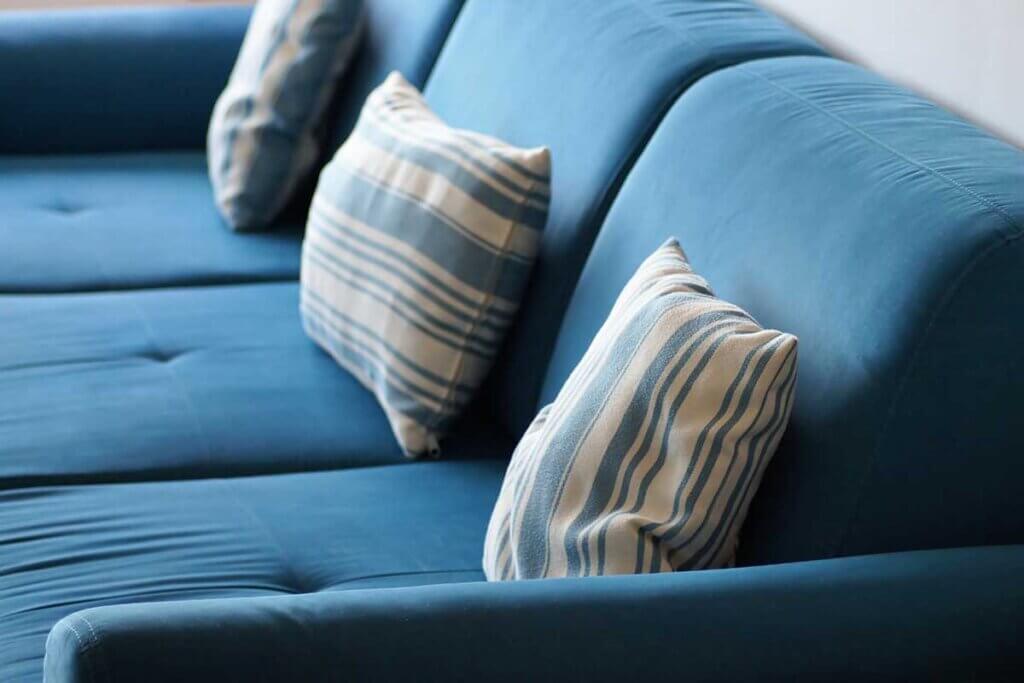
Other aids against mites
The dust mite vacuum is the heaviest weapon you can use against mites. There are other ways and means to prevent or limit mite infestations. These tips are especially interesting for allergy sufferers. In combination with a dust mite vacuum, you can effectively reduce mites and mite droppings on your upholstery and mattresses:
Allergy sufferers should make sure that the room temperature in the sleeping area does not exceed 20 degrees, because mites feel most comfortable at temperatures between 20 and 30 degrees Celsius. It is also advisable to ventilate the room several times a day for about five minutes.
Do not install humidifiers, as mites love high humidity. Do not use air conditioners, fans, fan heaters or other devices that stir up house dust and spread it around the home.
Get a new mattress every eight years or so to prevent the mite population from growing too large. Special covers made of allergen-proof material enclose the mattress, pillows and blankets to keep allergens away from people. Wear pyjamas that absorb sweat and dander.
Wash not only the bedding, but also the blankets and pillows about every three months at at least 60 degrees Celsius. Soft toys also need to be washed regularly at 60 degrees Celsius. Stuffed animals that cannot withstand high temperatures should be placed in the freezer for a day and then washed gently.
In the bedroom, avoid dust catchers such as curtains or open bookshelves. It is also advisable to equip the hoover with a mite-proof filter.

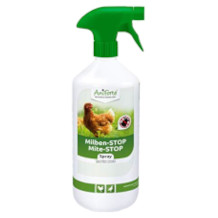
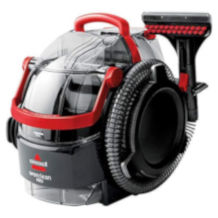
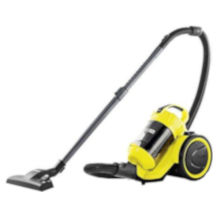
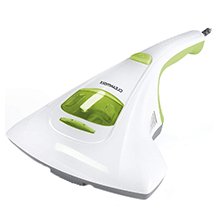
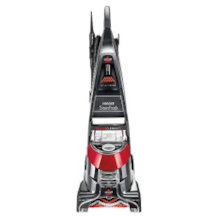
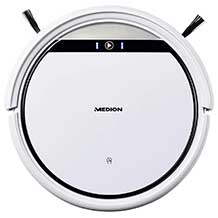

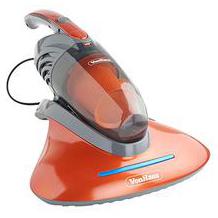
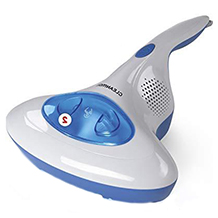
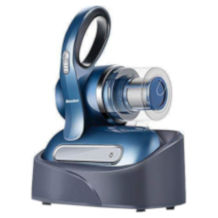
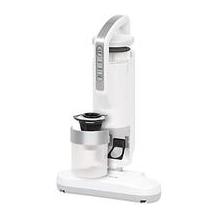
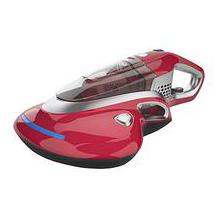
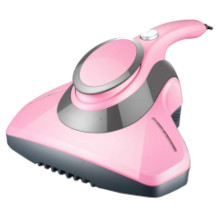
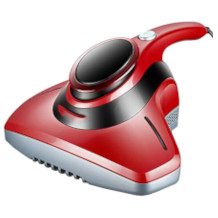

 2,367 reviews
2,367 reviews
